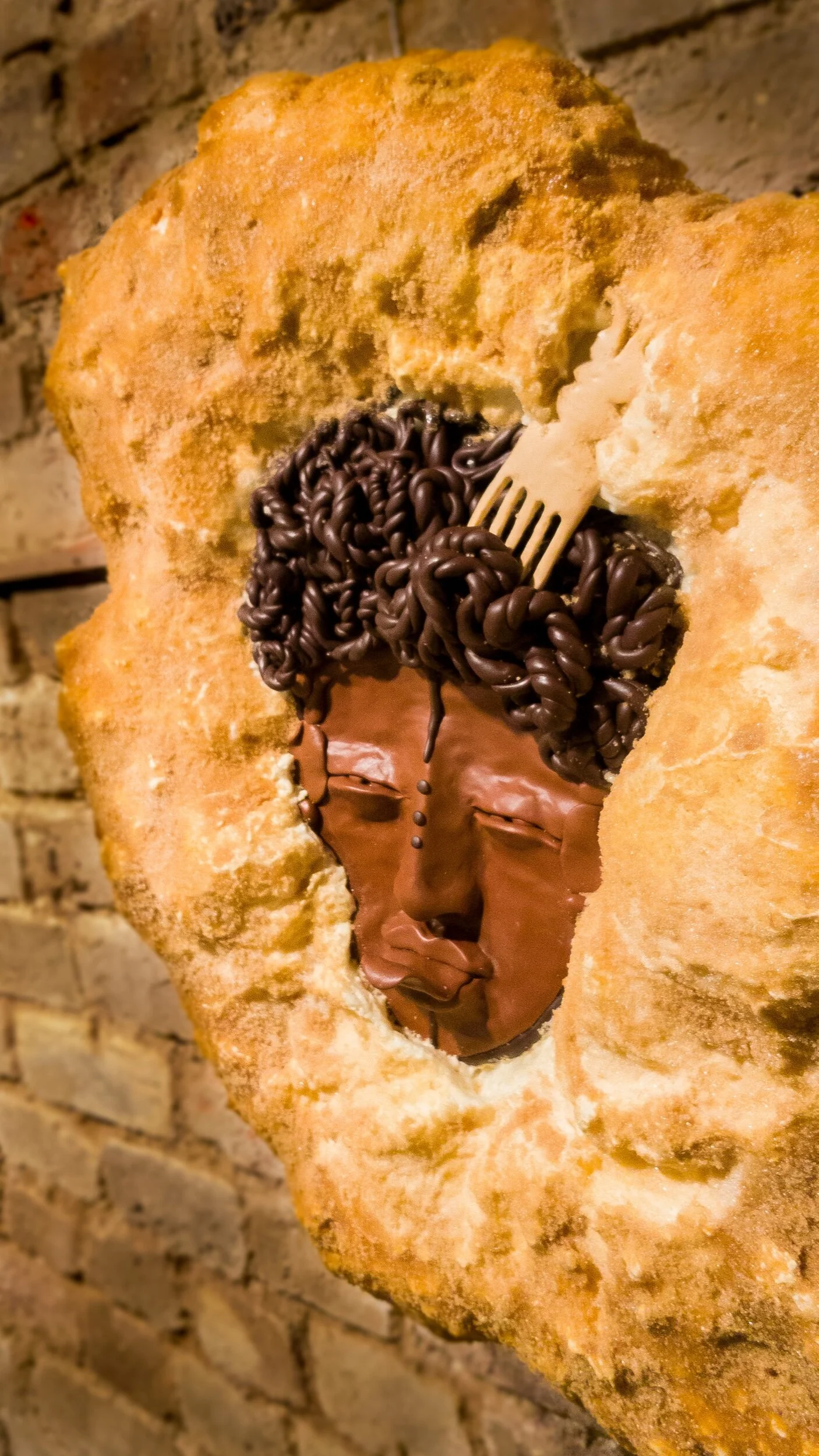Edible Excavation
Edible Excavation
It is estimated that the global African diaspora is formed of over 140 million people in the present day. Through a history of migration, enslavement, and indentured servitude, many thousands of communities have been displaced from their countries of origin, and forced to adjust to new ways of life on completely different shores. Perhaps the most interesting observation to be made of the diaspora is that, within each and every community, many elements of our original social, political, and spiritual systems have remained intact. The Edible Excavation collection celebrates this wealth of knowledge, which has survived within our communities across oceans, borders and almost unfathomable periods of time.
Each artefact in the collection explores the ways in which the unique expressions of culture showcased by displaced groups have been received, consumed, misrepresented and even commodified by the wider communities to which they now belong — and are expected to assimilate. The traditions surrounding the ways in which we treat/style our hair, the developments of our various dialects, the ways in which we prepare our food, and even the ways in which we choose to accessorise our bodies all take root in our shared history of migration, and all share the same historical sources. Though too often the significance of this is minimised and misunderstood in Western spaces. The decision to render these sculptures in chocolate and brown sugar is instrumental in capturing the bittersweetness of a shared multi-national culture that has been simultaneously preserved, exotified, and consumed.
All three of these sculptures were showcased at the No. 20 Arts Gallery between the 7th and 26th May 2021
https://www.no20arts.com/lauren-marie-haywood
“Food and the body meet once again in Edible Excavation, as sculpted faces appear beneath a sticky sweet surface of brown sugar. Inspired by the shared history of social, political, and spiritual systems found within diasporic groups, each artefact explores the ways in which culture has been preserved, exotified, commodified, and consumed.” – No. 20 Arts




